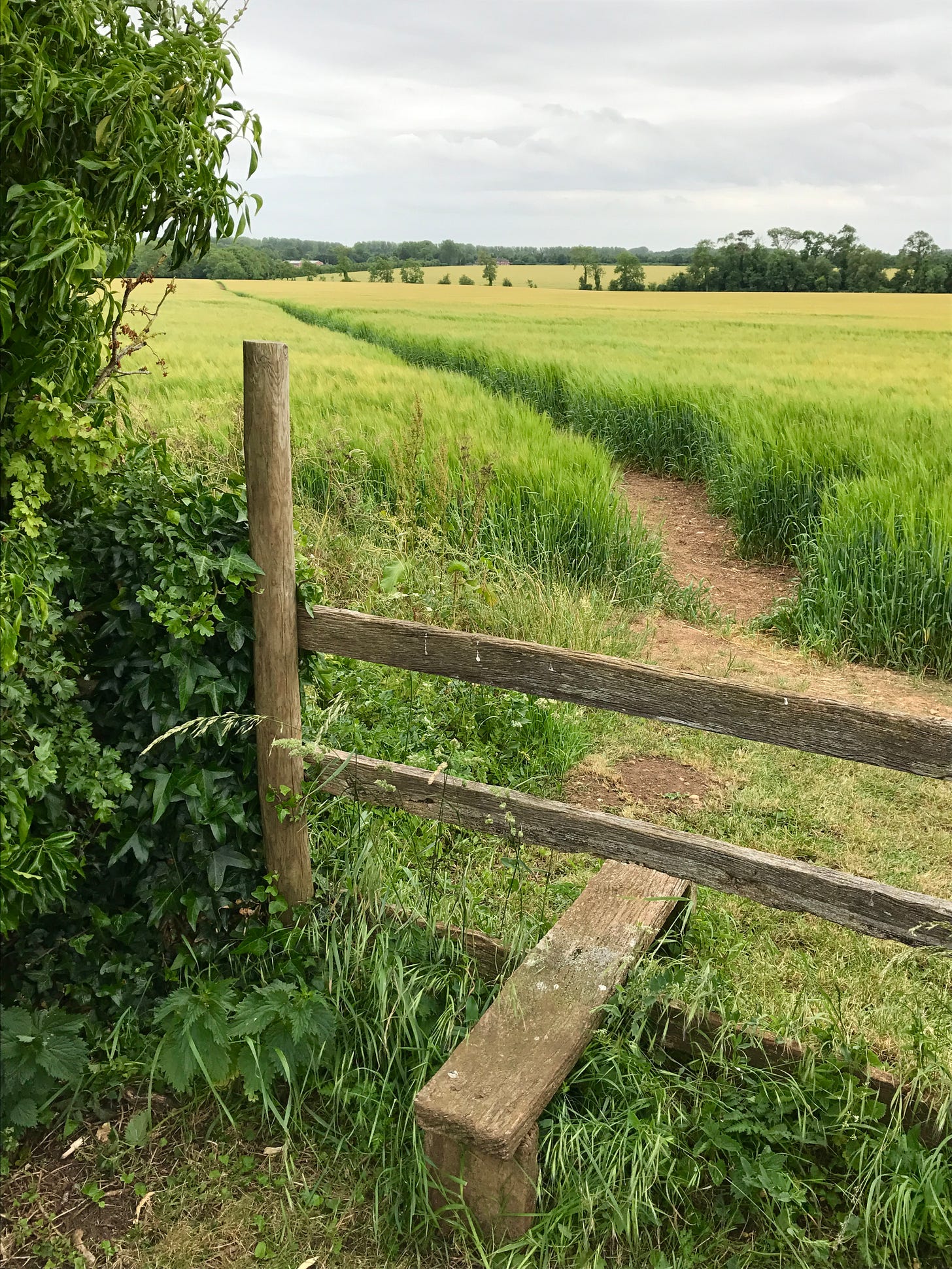
“The human eye loves to rest upon wide expanses of pure colour: the moors in the purple heyday of the heather, miles of green downland, and the sea when it lies calm and blue and boundless, all delight it; but to some none of these, lovely though they all…
Keep reading with a 7-day free trial
Subscribe to Julie Witmer Gardens Newsletter to keep reading this post and get 7 days of free access to the full post archives.




